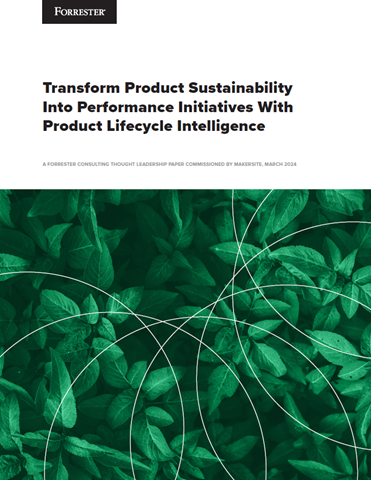The danger of the credit trap

Sarah-Jayne Martin at Quadient Accounts Receivable by YayPay describes the fine balance between attracting customers and preventing debt
Every business leader wants to drive sales and create greater customer satisfaction. One way organisations try to grow while making existing customers happy is through a lenient credit policy, whereby they extend credit to the most people interested in their services.
Whilst this is great for building a wider customer base, it can create a trap for companies as some customers end up either paying late or not at all. As a result, the company could end up accruing bad debt, which jeopardises the financial security of the organisation.
And with businesses already battling spiking interest rates and economic uncertainty, any form of bad debt is hazardous.
A false sense of economy
Given the current economic situation, it is a priority for businesses to avoid late payments at any cost. But 93 percent of companies report issues with late payments, with the average payment period lasting 34 days – a long time to be potentially in the red. Late payments can disrupt cash flow and make it difficult for financial planners to forecast exactly how much money businesses will have coming in, and when.
Businesses must establish a strong credit policy that supports the best of both worlds. It should attract more customers, but also protect against non or late payment. This will futureproof the financial wellbeing of the business, while driving revenue and a growing customer base.
Implementing this kind of robust credit policy gives businesses three key advantages:
- No fear of bad debt: A strong credit policy can remove the risk of customers not paying on time. By specifically setting out the criteria for which customers should be given credit and when, businesses can more easily identify these risky customers. This allows companies to avoid them or change their payment terms.
- The rules are clear: Having a standardised policy will reduce any uncomfortable conversations for employees. That is because they may need to chat with potential customers about why credit is not being extended to them. A policy such as this will also protect them if disputes do arise. The finance team is often the first line of customer service, so arming staff with the tools they need to confidently handle these conversations is vital. This will make credit policies work in practice as well as on paper.
- Better financial management: A clear policy means businesses can safeguard their financial wellbeing. Consistent payment processes and deadlines ensure the bottom line and cash flow aren’t impacted. This is essential, as visibility into cash flow means the business can decide whether they are able to lend more credit without overstretching funds.
Putting the steps into motion
To enjoy these benefits, it is important enterprises make it as easy as possible to implement a strong credit policy. An important element of this involves making sure finance teams have the right tools to help improve decision making.
Technologies such as automation, Artificial Intelligence (AI) and Machine Learning (ML) are vital in enabling a strong credit policy to be implemented and enforced.
For instance, ML and AI can be used to rapidly process and analyse vast amounts of information such as credit ratings, past behaviour and payment history. From this data, ML and AI can share recommendations on whether a certain individual should be given extended credit or more favourable payment terms.
This helps credit specialists to do their job well whilst also ensuring the credit policy is properly enforced.
Insights from AI and ML also provide accurate forecasting and predictions into which customers may struggle in future and the expected revenue for a business. It’s important to note that whilst late or non-payments can be predicted, it’s not so easy to forecast bankruptcy as that is the result of a myriad of factors - late payments being only one. But adopting AI and ML, which can evaluate vast pools of data, will certainly be able to help with spotting the signs much earlier.
As AI continues to evolve, it will become invaluable for the future of credit management. It will save credit managers from having to manually trawl through huge volumes of data, working alongside them so they can make smarter decisions more quickly and accurately.
The technology will also be vital for ensuring credit decisions remain consistent and protect both the financial wellbeing and reputation of the company.
A creditworthy future
Implementing a strong and sensible credit policy alongside automation will not only instil better customer relations, but also lead to greater financial security and greater customer satisfaction.
Ultimately, more credit to those that do repay, means a stronger cash flow, less time spent on late payments and a healthier bottom line.
Sarah-Jayne Martin is Director, ICA Global AR Practice at Quadient Accounts Receivable by YayPay
Main image courtesy of iStockPhoto.com

Business Reporter Team
Related Articles
Most Viewed
23-29 Hendon Lane, London, N3 1RT
23-29 Hendon Lane, London, N3 1RT
020 8349 4363
© 2024, Lyonsdown Limited. Business Reporter® is a registered trademark of Lyonsdown Ltd. VAT registration number: 830519543
Join the Business Reporter community today and get access to all our newsletters, and our full library of talk show episodes
Join the Business Reporter community today and get access to all our newsletters, and our full library of talk show episodes





